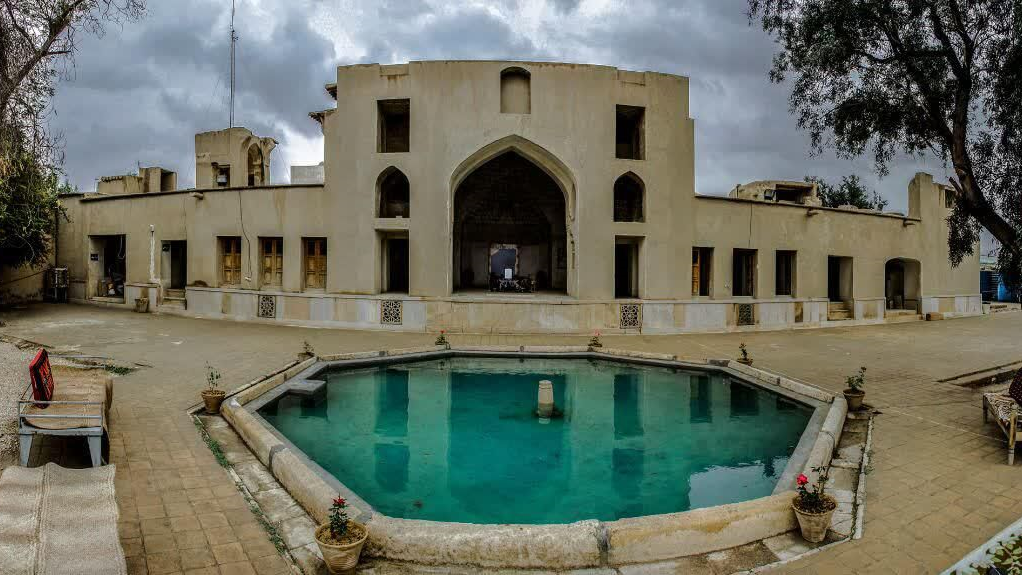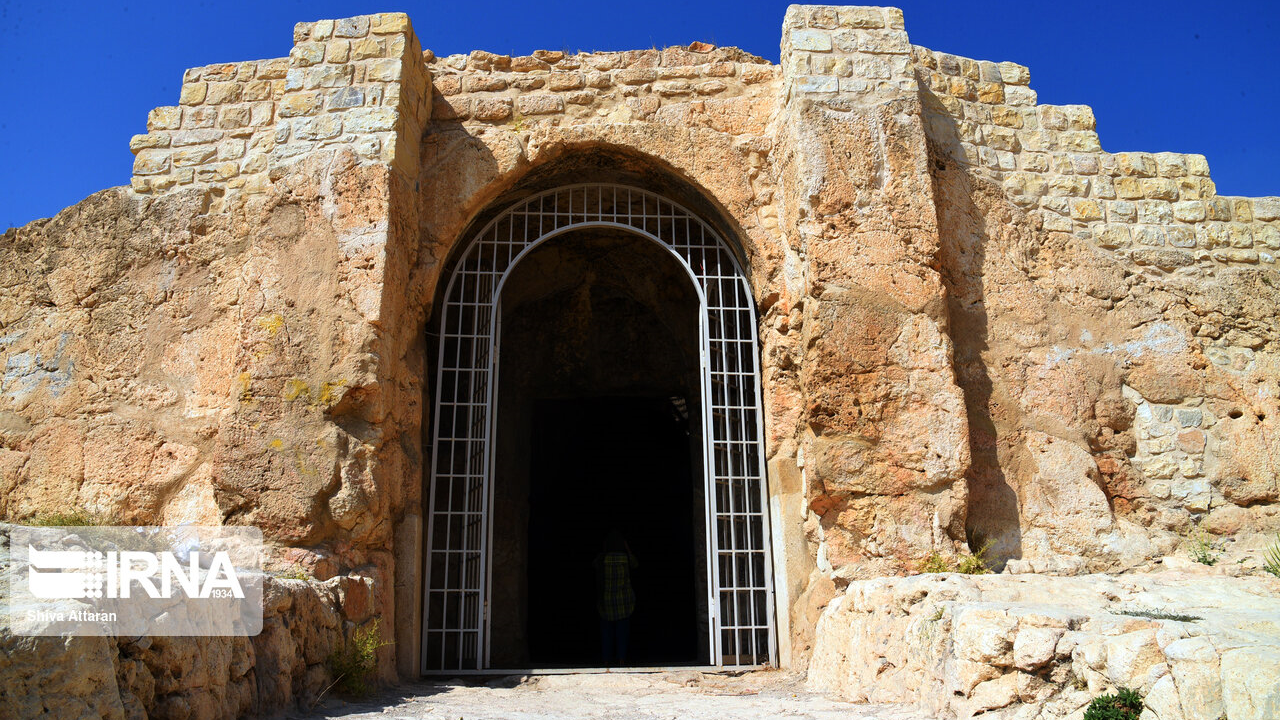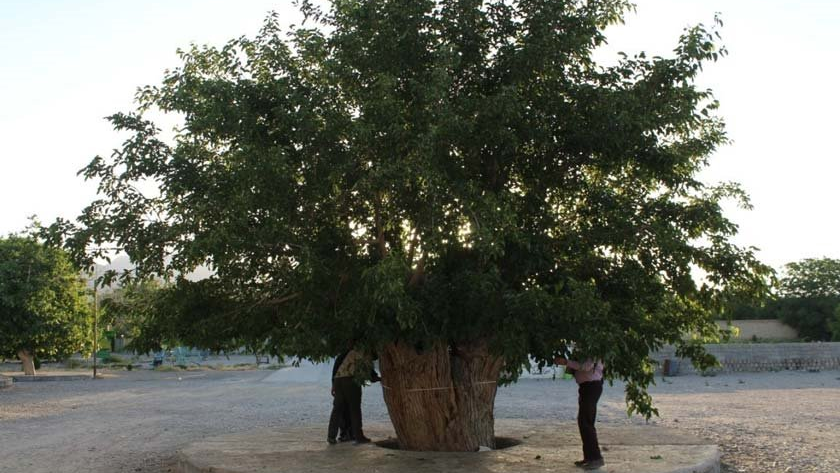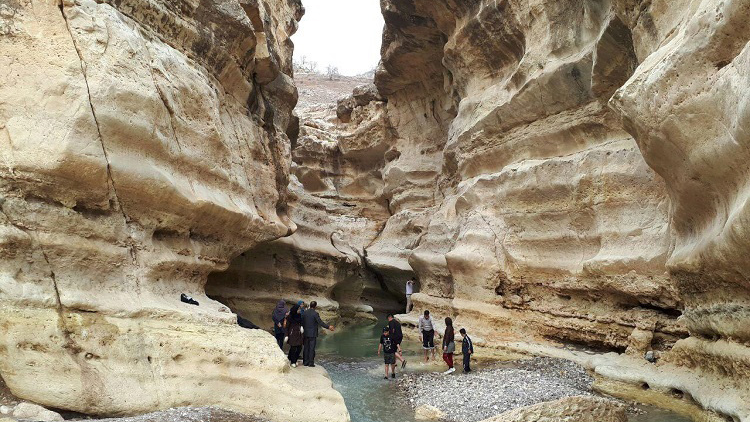
Fasa
The history of this ancient Iranian city, which has been mentioned as “Pashiya” or “Bashi” in the stone inscriptions and epigraphs of Persepolis, dates back to the prehistoric era. “Pashiya” was pronounced as “Pasa” in the Ealimite language and after the advent of Islam in Iran, since the letter “p” did not exist in the Arabic alphabet, it came to be pronounced as “Fasa”. Linguists consider the meaning of this name to be equivalent to “dwelling place” and “residence”.
Geography of Fasa
Being located on the route between Shiraz, Bandar Abbas, and Kerman about 40% of Fasa city is plain and the rest is mountains. The altitude of Fasa is 1150 meters above sea level and its highest point is Mount Kharman Kuh with 3220 meters height.
Fasa county has a population of more than 200 thousand people and in this respect, it is considered one of the most populated regions of Fars province. The climate of Fasa is semi-arid and temperate. In summer, the temperature of this region exceeds 40 degrees Celsius and in winter, it goes down to eight degrees Celsius. The annual average rainfall of Fasa is 320 mm.
History of Fasa
In some sources, the history of the city of Fasa is related to the mythological era of the Pishdadian dynasty. But what is certain is that this city was inhabited during the Achaemenid era (550 to 330 BC). Presently, the remains of buildings related to the Sassanid era (224 to 651 AD) still exist in Fasa, which shows that this city was quite prosperous for several centuries.
Following the advent of Islam in Iran, Fasa was conquered by Muslim troops in a fierce battle. This city was the center of minting coins in the first century AH (7th and 8th centuries AD). According to the writings left by the travelers of the post-Islamic era, Fasa was a peaceful and rich city. However, it had been repeatedly attacked by the governments of the time and partly destroyed.
The present-day Fasa was probably restored during the Safavid era (1501 to 1736 AD). During the Afsharid era, Fasa began to expand and gradually became what it looks like today.
Tourist Attractions of Fasa
Zahhak Castle
This historical site, which is also known as “Zahhak Hill”, is located three kilometers southeast of Fasa, in a village called Kheyrabad, and was inscribed on the list of Iran’s national heritage in 1931. To increase the security of this castle, a large moat was dug around it, some parts of which can still be seen. Zahhak Hill is about 25 meters high and a large amount of earthenware and bricks can be seen around it.
The local people tell a story about the existence of a cave called “Zahak’s Kitchen”, which was very long, and at the time of serving food, many people would stand together inside it and pass the food hand in hand to reach it to the castle! This ancient site is located a few kilometers from Zahhak Castle and was built almost at the same time as the Castle.
Imamzadeh Qasim Mausoleum
This mausoleum is the burial place of a person named Qasim, a descendant of Aqil, the brother of Imam Ali ibn Abi Talib, the first Shiite imam, and is considered the cultural pole of the region.
Mianjangal Protected Area
This area is located on the northern slope of Mianjangal Mountain, 50 km northwest of Fasa and next to the main road from Shiraz to Kerman. The dense trees of this area stand out beautifully on both sides of this road. Parts of this protected area are used as a promenade.
Mount Kharman Kuh
Located in the north of Fasa and having many beautiful springs, this mountain hosts many groups of nature tourists and hikers every year. There is a beautiful cave at a height of 400 meters on this mountain. Also, there is a sightseeing area called “Fire Temple” at the foothill of this mountain the spring and fish breeding pond of which are considered suitable places for nature tourism.
Cultural Museum of Fasa
This museum houses more than seven thousand valuable artifacts most of which have been donated by people. The various objects of the museum are on display in eight galleries of technology, ancient and historical, writers and celebrities of Fasa, anthropology, rock and fossils, tree garden, and picture gallery. The Cultural Museum of Fasa is located over an area of 4,000 square meters in the Mandegar High School of Mohammad Taqi Zulqader (founded in 1938 AD).
In some sources, the history of the city of Fasa is related to the mythological era of the Pishdadian dynasty.
| Name | Fasa |
| Country | Iran |
| State | Fars |
| City | Fasa |
| Type | Historical |
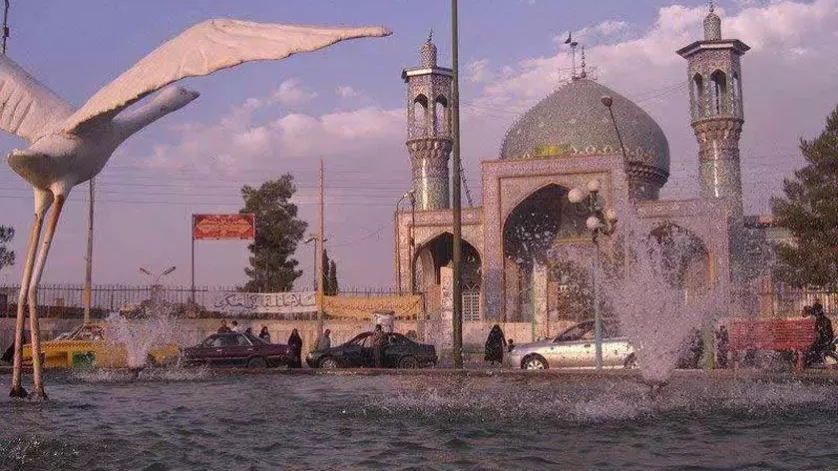
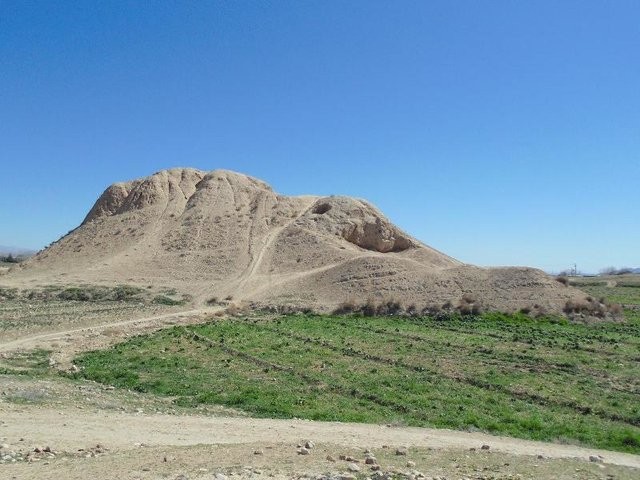
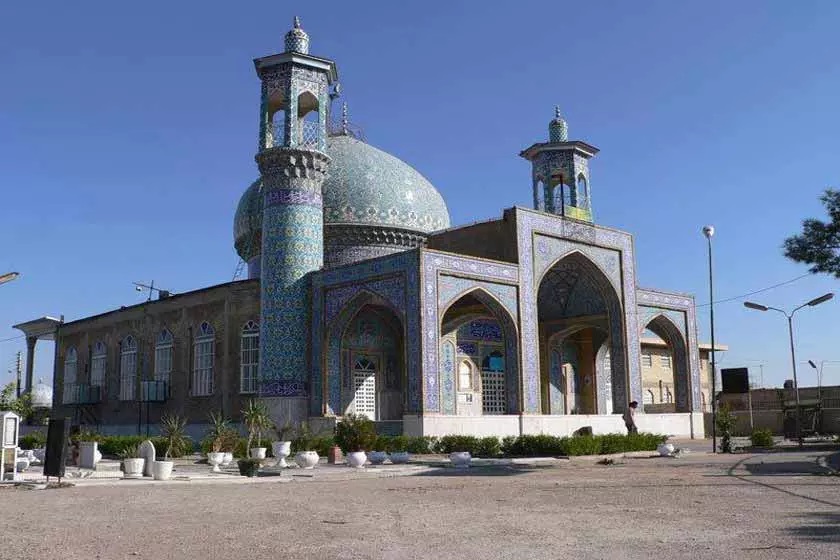



Choose blindless
Red blindless Green blindless Blue blindless Red hard to see Green hard to see Blue hard to see Monochrome Special MonochromeFont size change:
Change word spacing:
Change line height:
Change mouse type:
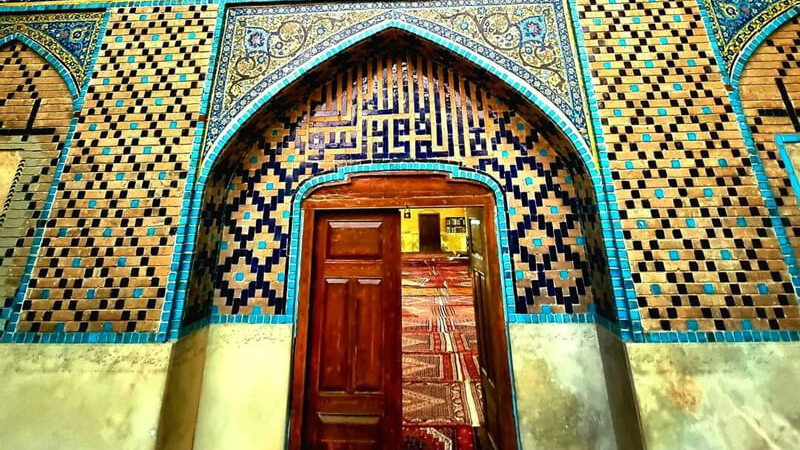
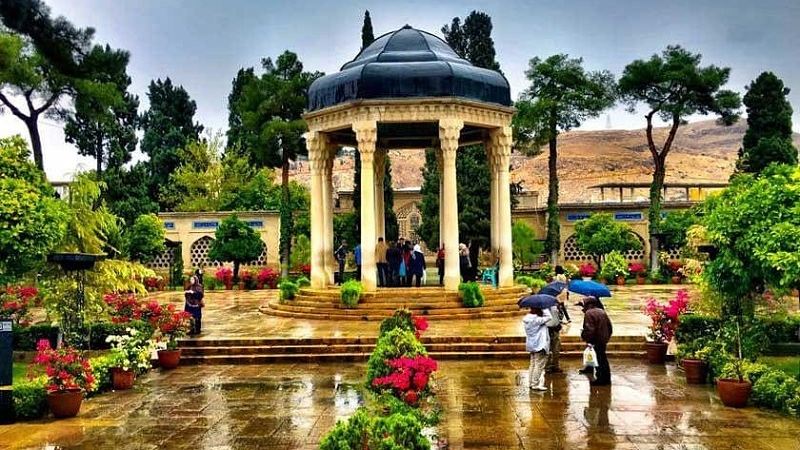
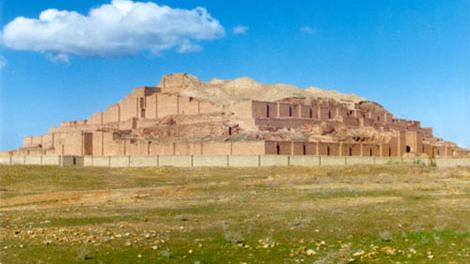



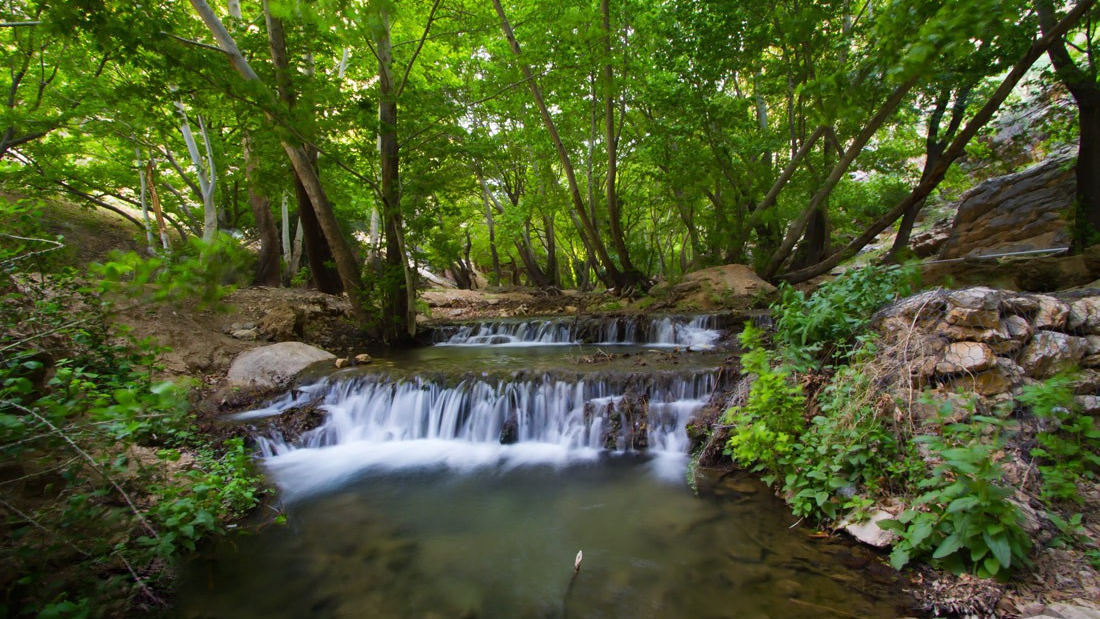

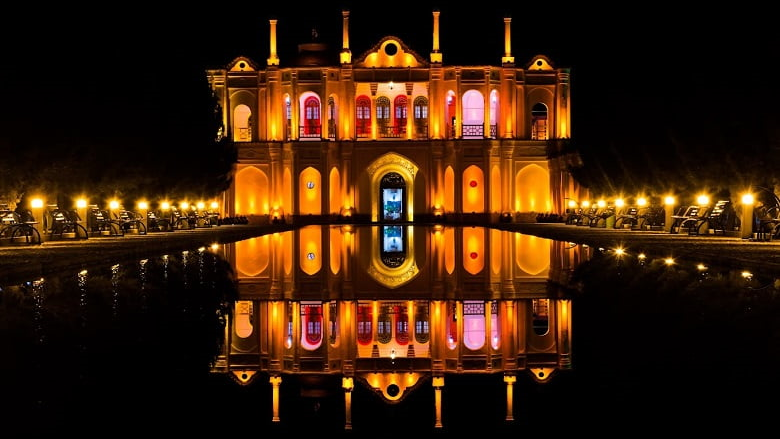
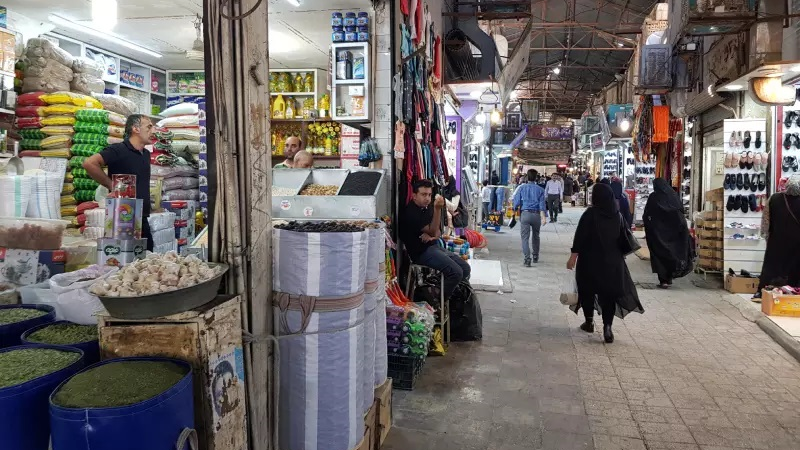
_0.jpg)
